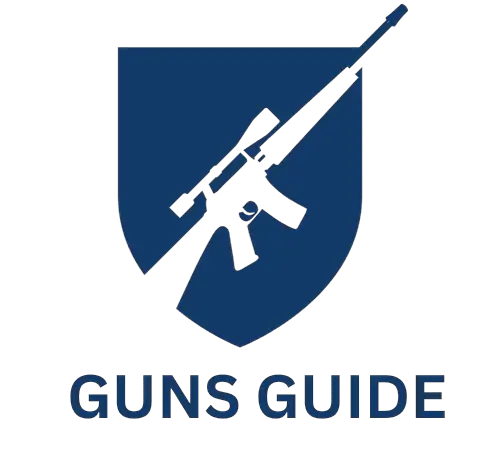The market for rangefinders is filled with many top-notch contenders vying for the top spot on your hunting gear list. Among these competitors, two names that often turn heads are Leupold and Vortex. Brought into the market by reputed manufacturers, they come with their unique cuisines of features and benefits. This blog post delves into the features, benefits and personal experiences associated with Leupold and Vortex rangefinders. Strap yourself in, for a comprehensive journey through a detailed comparison between these riveting devices.
Please note: I will be referencing personal experiences throughout the article, however, remember that individual experiences can vary based on a myriad of factors.
Comparison Table
| Features | Leupold | Vortex |
|---|---|---|
| Range | Up to 1200 yards | Up to 1300 yards |
| Magnification | 6x | 6x |
| Waterproof | Yes | Yes |
| Durability | High | High |
| Price | Mid-to-high end | Mid-to-high end |
Leupold Rangefinder
The Leupold rangefinder puts forth a stunning set of attributes that can lure the heart of any hunting enthusiast. Through vivid detailing and personal experience, let’s unravel the charm of this device.
Features and Benefits
Leupold Rangefinders are usually equipped with Advanced OLED Technology, which promotes clear viewing, regardless of the lighting conditions. A striking feature that distinguishes Leupold rangefinders from others is its ‘True Ballistic Range’ (TBR) system. This system fine-tunes settings to accommodate the specific ballistic information of various bullets.
Personal Experience
On my own hunting trips, the Leupold range finder didn’t fail to impress. With my frequent need to gauge difficult slopes quickly, the TBR feature became imperative in my arsenal. Though, while the Leupold rangefinder is robust, it isn’t the most compact device on the shelf, which led to mild discomfort during long treks.
Pros
- Advanced OLED Technology for clear viewing.
- TBR system that adjusts to the ballistic information.
- Highly durable.
Cons
- Slightly bulkier build.
Vortex Rangefinder
Vortex rangefinders have resonated well in the market with their distinct features and user-friendly operation. Now, it’s time to delve into the intricate features of the Vortex rangefinder.
Features and Benefits
The Vortex rangefinder excels with its ‘Horizontal Component Distance’ (HCD) mode that allows for angle-compensated distance readings, making uphill or downhill hunts much smoother. Another appreciable functionality in certain models is the Line of Sight (LOS) mode, which provides an accurate line of sight distance.
Personal Experience
From my personal escapades with the Vortex rangefinder, I can vouch for its accurate readings and easy-to-use design. However, while the device boasts excellent features, I found that it sometimes struggled to lock onto targets beyond 1000 yards, slightly denting its overall performance in open areas.
Pros
- The HCD mode for angle-compensated distance readings.
- LOS mode providing accurate line of sight distance.
- User-friendly and compact design.
Cons
- Struggles slightly with targets beyond 1000 yards.
Throughout the article, I’ve illuminated the potential benefits and downsides I discovered with both Leupold and Vortex rangefinders. Remember, a rangefinder’s efficiency can depend heavily on the user’s hunting style, location, or experience. So, consider these factors while making your ultimate choice.
Frequently Asked Questions
1. What is the best Vortex rangefinder for deer hunting?
The Vortex rangefinder widely regarded as the best for deer hunting is the Vortex Optics Ranger Laser Rangefinder. It offers hunters a high level of precision and clarity, with a range of up to 1,800 yards. Additionally, it features an intuitive display and advanced angle compensation technology, making it ideal for accurately measuring distances in varying terrains.
2. What is the best Vortex rangefinder for golf?
When it comes to golf, the Vortex Optics Golf Rangefinder stands out as the top choice. It provides golfers with quick and accurate yardage measurements, allowing players to make more informed shot selections and improve their game. This rangefinder offers a range of up to 1,000 yards, exceptional optics, and a compact design that is convenient for golfers to carry.
3. Where are Leupold rangefinders made?
Leupold rangefinders are proudly made in the United States. The company manufactures their rangefinders in their state-of-the-art factory located in Beaverton, Oregon. Leupold has a long-standing reputation for producing high-quality optics, and their rangefinders have gained immense popularity among hunters, shooters, and outdoor enthusiasts.
4. Can a Vortex rangefinder be used for golf?
While Vortex rangefinders are primarily designed for outdoor activities like hunting and shooting, they can certainly be used for golf as well. Vortex offers specific golf rangefinder models that are equipped with features tailored to the sport, such as priority modes for flagsticks and reflective targets. These rangefinders ensure accurate distance measurement on the golf course.
